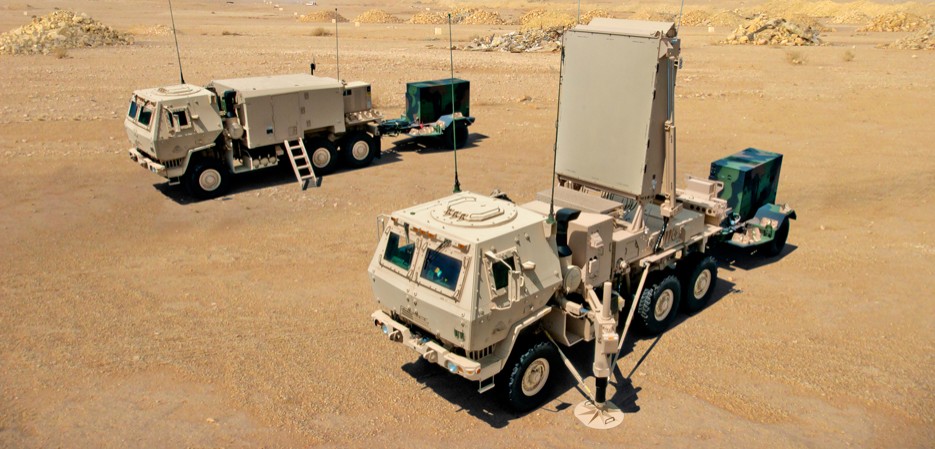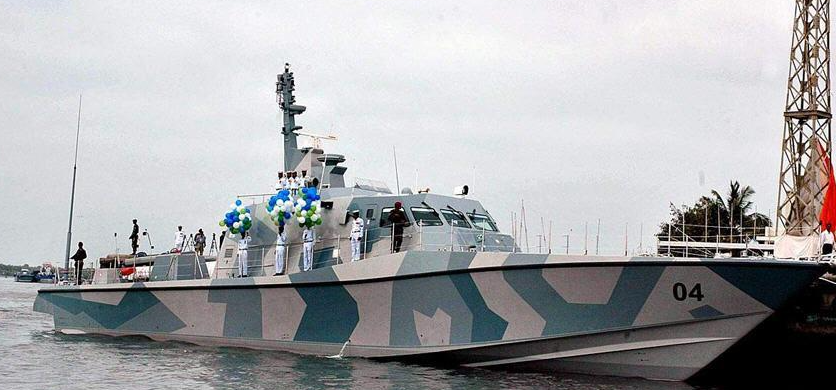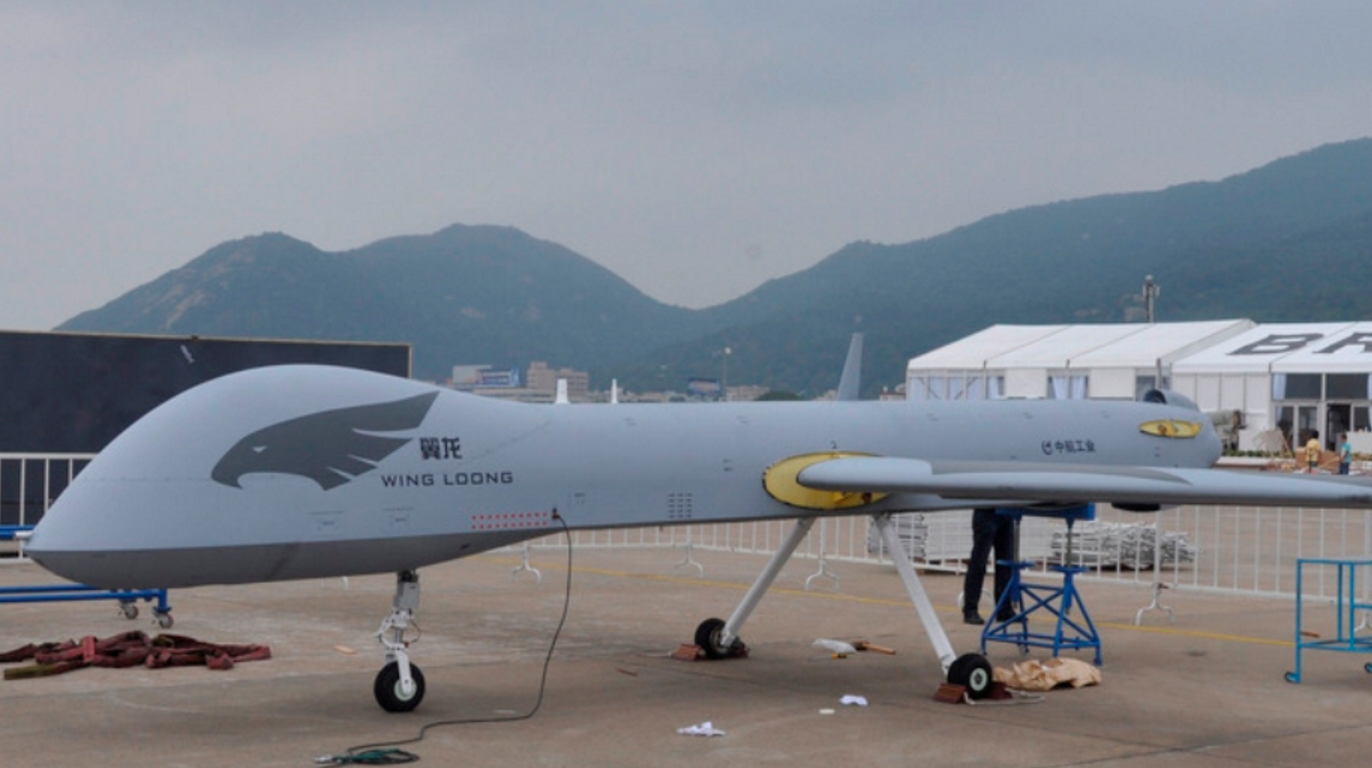2226Views 5Comments

US approves sale of AN/TPQ-53 AESA counter-battery radars to Saudi Arabia
The U.S. State Department has approved a $662 million U.S. sale of 26 AN/TPQ-53(V) active electronically-scanned array (AESA) counter-battery/weapon-locating radars with KN-4083 anti-spoofing modules, land and sea inertial navigation systems and Defence Advanced Global Positioning System (GPS) receivers.
The Defence Security Cooperation Agency’s (DSCA) release states that the deal also includes more than 2000 training rounds, i.e. 840 M931 120mm mortar projectiles with M781 fuzes and 2,240 M107 155mm artillery projectiles with M557 fuzes; Single Channel Ground and Airborne Radio Systems; FMTV M1092 5-ton tucks; and requisite logistics, maintenance and training support equipment and contractors.
The DSCA states that the sale would enable Saudi Arabia to “support its border security requirements and modernize its armed forces with a more current capability to locate and counter the source of incoming ballistic artillery, rockets, and mortars.”
Notes & Comments:
The Q-53 Counterfire Target Acquisition Radar (CTAR) enables the end-user to identify and track incoming rocket, artillery and mortar (RAM) fire. Once detected, the CTAR’s information can be passed to friendly firing units, such as artillery or armour, to provide accurate return fire.
The Q-53 can provide 360° and 90° coverage (the latter providing increased search range). As an AESA radar, the Q-53 also boasts a high level of defensibility against opposing electronic warfare (EW) jamming.
In June 2016, Lockheed Martin demonstrated the Q-53’s ability to detect and track low-flying aircraft, specifically unmanned aerial vehicles, positioning the Q-53 as a multi-mission radar capable of providing fire control support to artillery and armour as well as short-range air defence systems.
The U.S. Army has 95 Q-53s (of an initial 100 order) in service, and in March 2017, it placed a $1.6 billion indefinite-delivery and indefinite-quantity for additional systems and support packages.



5 Comments
by Mazhar J
Bilal, does Pakistan has this technology? I mean not from US, may be from any other country?
by Bilal Khan
Pakistan has ground surveillance radars, but nothing of this nature – i.e. AESA-based multifunction radars capable of C-RAM detection and SHORAD surveillance.
However, as is becoming the case, Turkey’s Aselsan has an analogous product: http://www.aselsan.com.tr/en-us/press-room/Brochures/Radar-Systems/STR_ENG.pdf
by Mazhar J
PA should get this technology by any means. Aselsan can be contacted, don’t know if China has anything like this.
by Steve
We have Firefinders for counter battery strikes and counter rocket strikes. Hughes AN/TPQ-36 Firefinder Weapon Locating System I think it’s officially called. I agree we could do with an upgrade particularly if we need to counter long range rocket artillery, or quiet low flying drones.
by Mazhar J
Aselsan STR is also ASESA based. I hope PA have this type of ability.